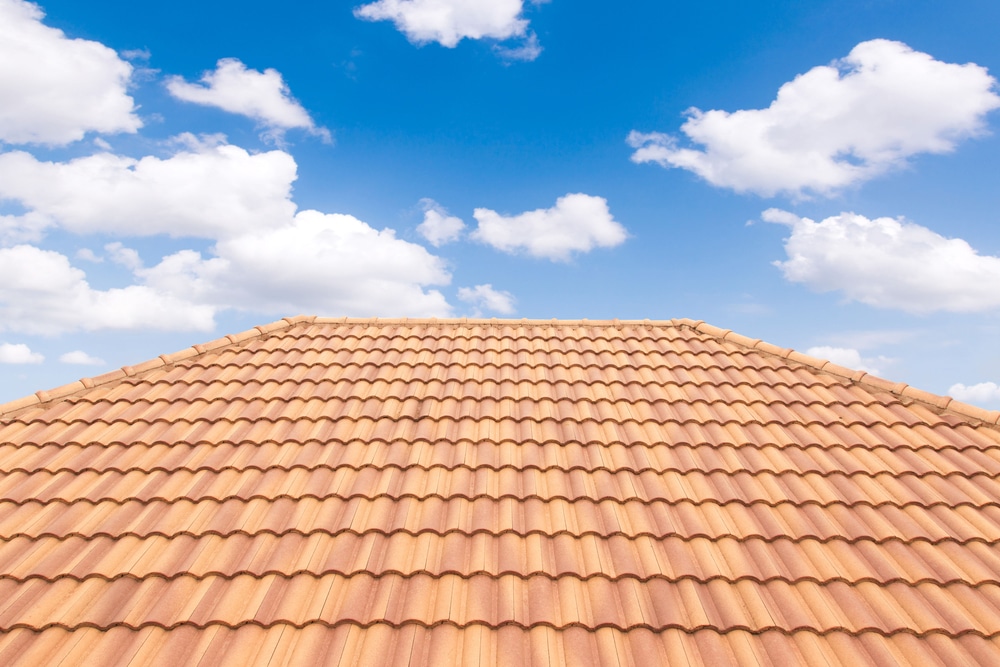Purchasing a new roof is a significant investment and project. Most homeowners have never dealt with needing a new roof before, so they have no idea where to start. As a roofing company in Orlando, we have advised many homeowners. Keep reading to learn about the main things you should consider before deciding on your new roof.
3 Things To Consider Before You Purchase Your New Roof
Roofing Materials
This is perhaps the most important thing to consider, especially since there are so many different options when it comes to roofing materials.
For example, asphalt shingles tend to be the least expensive option, but options like metal might last for as long as 50 years. Alternatively, you might prefer clay tiles, which are perfect for hotter climates. Also, consider which materials work better for your home based on the climate. Metal roofing, for example, is commonly preferred for its strength to stand up to storms and hurricanes in Florida.
Style
Beyond picking a material that’s durable and can withstand weather elements, it’s crucial to choose a roof that complements the overall appearance of your home. After all, you’ll be looking at this roof for the next few decades.
This might take you a while to figure out, partially because there are many roofing styles out there. Thankfully, you have no lack of options these days when it comes to style. Options like metal roofs are designed to resemble other materials, while materials like asphalt shingles come in many colors now. No matter what design you prefer, speak to our roofing professionals, and we’ll help you find something you like.
The Roof Shape
Don’t forget about the roof shape. You need to consider the pitch and slope of your roof. If your roof slopes low, you may want to have a flat roof installed. This is something that you can talk to our roofing experts about because we will be able to give you the best recommendations.
Check with our roofing professionals about how strong your roof structure is too. Some materials, like tiles, are heavy, which means that your existing roof may need to be reinforced for your new roofing tiles to be installed safely.
More Factors to Consider
Beyond the intricacies of the roofing materials and aesthetics, you should consider the overall cost too. A new roof installation can be expensive, after all, so ensure that you have the right budget for the materials that you want. Of course, you don’t necessarily have to avoid roofs that are more costly upfront. Most of the time, roofs like metal roofing might cost more to install initially but tend to last longer and don’t get damaged as easily. So over time, the higher initial cost might still be worth it.
Another crucial factor to consider is the maintenance needs and ease of repair of your chosen material. Some materials will be harder to replace depending on their installation process. For example, tile roofing tends to be easier to repair since roofing contractors only have to replace the damaged tiles instead of replacing entire sections.
Conclusion
There’s a lot to consider when it comes to purchasing your new roof. After all, it’s a significant investment, and all homeowners want to get the most out of their budget. Not only do you need to think about the material itself, but you also have to consider things like your roof shape and the overall cost.
A little research can go a long way, and it’ll always pay off to consult roofing professionals like us. Give us a call today, and we’ll give you some advice on the best roof for your home!





